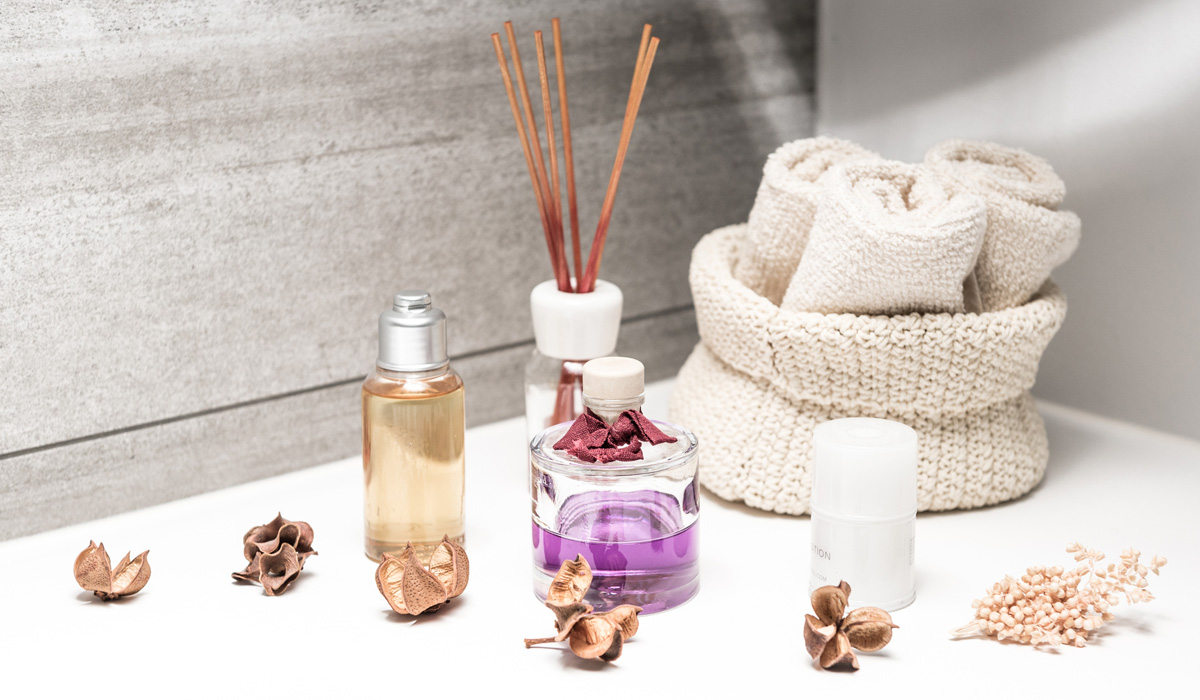Homemade Fragrances – Guide to Perfect DIY Perfume Creations
Creating your own perfume at home is an exciting and fulfilling experience. Not only can you design a scent tailored to your preferences, but it also allows for experimentation with natural ingredients, free of synthetic additives often found in commercial perfumes. The art of crafting fragrances lies in understanding the balance between top, middle, and base notes, as well as the techniques that bring these elements together in harmony. The first step in crafting your DIY perfume is choosing a base, typically alcohol or an oil such as jojoba or almond. Alcohol-based perfumes tend to have a sharper scent and better projection, while oil-based fragrances are more subtle and long-lasting. Your base serves as the canvas for your fragrance blend. Once the base is selected, you can begin layering the notes. The top notes are the initial scents that greet the nose and usually evaporate quickly; think of citrus, mint, or light floral scents.

Middle notes, often referred to as the heart of the perfume, provide the body of the fragrance and include florals like rose or lavender, as well as spices like cinnamon. Finally, base notes such as sandalwood, vanilla, or musk anchor the scent and lend it longevity. When blending these notes, it is important to follow a basic ratio for balance. A common guideline is 30% top notes, 50% middle notes, and 20% base notes. Experimentation is key, so do not hesitate to adjust these ratios based on your personal preferences. Begin by adding a few drops of each essential oil to your base, starting with the base notes and working your way up to the top notes. Smell the mixture at intervals and make adjustments as needed, allowing the blend to settle for a few minutes between changes.
A vital part of the process is aging your perfume. Once you are satisfied with your blend, pour it into a dark glass bottle to protect it from light, which can alter the scent. Let it sit for a minimum of 48 hours and up to a month for the best results. This aging process allows the scents to meld together and develop a more cohesive profile to make your own perfume. Shake the bottle gently each day to help the ingredients mix thoroughly. Creating homemade perfumes not only empowers you to craft unique fragrances but also promotes sustainability. By using natural and eco-friendly ingredients, you minimize the environmental impact of traditional perfume production. With a little creativity and patience, you can create a signature scent that is as unique as you are a beautiful expression of your individuality and craftsmanship.